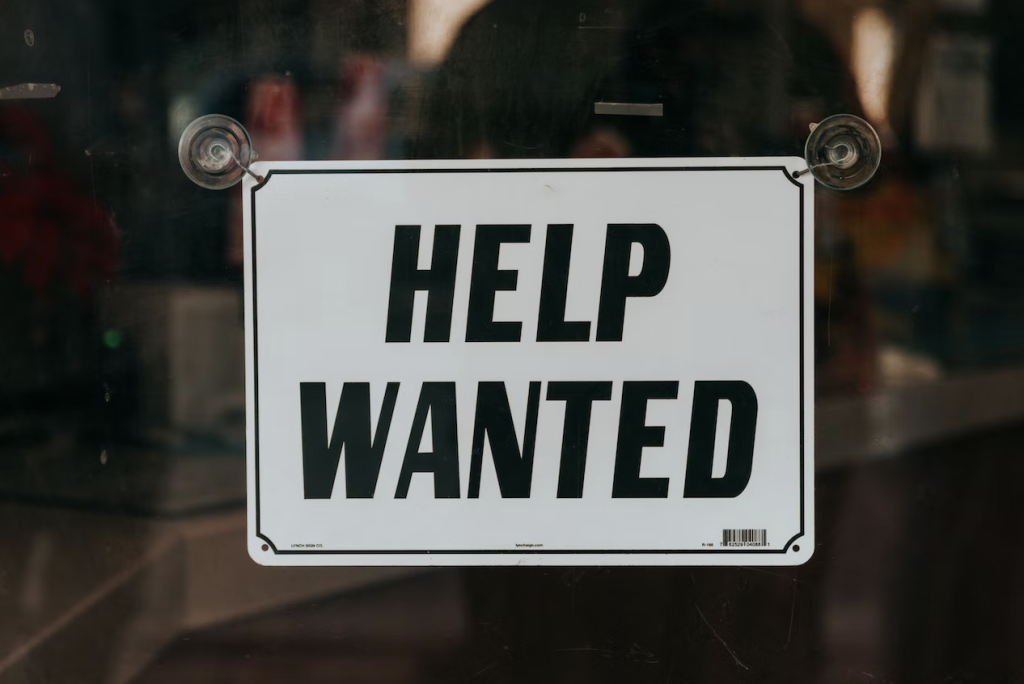Immigration Is The Key To Stopping The Ongoing US Labor Shortage?
This article is more than 2 years old

Read or watch the news these days, and you will likely hear stories about the labor shortage or immigration. Or both. And while debates rage about both these issues, they may be more closely linked than many believe.
The often heated conversations popping up about immigration cause more questions than answers. And part of the reason the proverbial waters are so muddy is that most people gather all forms of immigration under a single umbrella. So it becomes difficult to gain a clear picture of what immigration actually looks like in our country.
According to CNN, “The immigration debate has been reignited because of a surge at the US-Mexico Border. In March 2020, President Trump invoked Title 42 – a law enacted during the pandemic to prevent the spread of Covid – that has kept migrants and would-be asylum seekers out of the country.” However, the surge at the border is due to illegal immigrants attempting to gain entry into the country.
And that is an entirely different conversation, which has little to do with the labor shortage. However, Covid regulations did have a significant impact on legal immigration. Those seeking avenues for legal immigration either obtain a work Visa before entry or go through a port of entry to seek asylum.
The invocation of Title 42 did dampen the flow of legal immigrants, even as it did nothing to staunch the influx of illegal immigrants. A recent study by the University of California, Davis, suggests that less legal immigration had a direct impact on the current labor shortage. “About 1 million of the 2 million potential immigrants who were lost during the pandemic were college educated, according to the UC Davis research.”
However, those numbers are largely guesswork. And there is little direct evidence that the slowing of legal immigration is contributing to the labor shortage. The numbers suggest something else entirely.
Recently the American Farm Bureau Federation sent a letter to the US Senate asking them to do something about the agricultural labor shortage. This industry relies heavily upon foreign workers in the US on the seasonal H-2A visa. And in 2022, the government saw its highest use of H-2A visas in history.
In fact, “according to the Department of Labor, 317,000 temporary H-2A jobs were certified last year, more than six times the number in 2005.” However, only 80% of those jobs resulted in a visa. And even at that low amount, the agricultural industry still had its highest number of H2A visas.
Another industry that relies heavily on foreign workers is the hospitality industry. Before the pandemic, as much as 40% of that workforce was foreign-born. And the industry is currently suffering due to a serious labor shortage.
There are over 1.6 million hospitality vacancies in the US, which is good news for job seekers but bad news for companies. The UC Davis research suggests that many of these vacancies resulted from slowing immigration during the pandemic. But there don’t appear to be official numbers to back that claim up.
And while it is challenging to gain a clear picture of what factors lie behind the labor shortage, one thing is certain. The labor woes plaguing most industries are unsustainable. Something will have to give soon.








